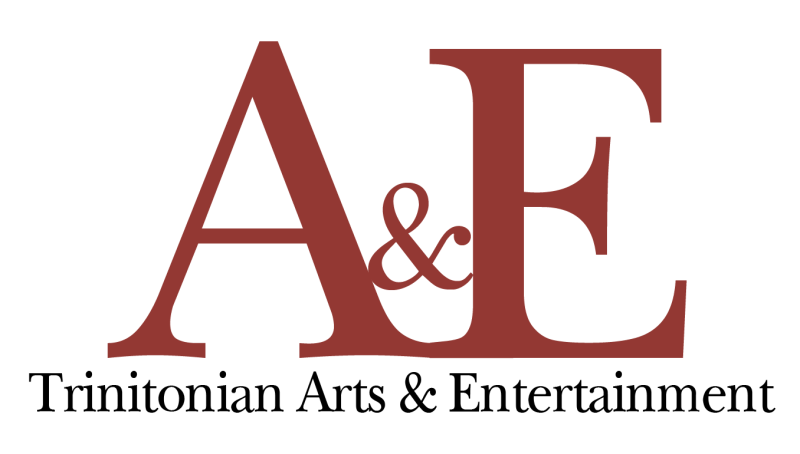Debuting from 6 p.m. to 8 p.m. on Sept. 7, Swedish artist Patrik Elgstrà¶m brings “Obstacle,” his black-and-white photographic journey of Berlin, to the Michael and Noemi Neidorff Art Gallery located in Dicke-Smith Building. Collaborating with the Blue Star Contemporary Arts Museum, Trinity’s Art History and Art departments helped bring his work to Trinity, however briefly.
Elgstrà¶m, a quietly charismatic Swede with shoulder-length blonde hair, was happy to talk briefly about his work, including inspirations in conceiving “Obstacle” and his experiences executing the project. He also spoke about both photographing Berlin and about his brief time in San Antonio. As his exhibition was still being finalized (complete with power drills and showering sawdust), we took a seat in an adjacent cleanup room for a quieter space. Comfortably sitting on a wooden box and sipping plastic cup of wine (“My voice, it’s rough,” he explained), he started the interview by explaining the thought process behind his choice of subject: small-scale shots of urban Berlin.
“I use architecture to project personal thoughts or feelings and so on,” Elgstrà¶m said. “If you have been to Berlin, you have seen everybody claims the space in some way with graffiti or something, so it was really hard to find those places where you could have a special kind of relationship.” When asked more about this relationship, Elgstrà¶m took a moment to collect himself. His shoulder-length blond hair shaded his face as he tilted his head forward, trying to find the right words. A Swedish native, his English is impressive but runs into rough patches when he tries to convey more nuanced expressions, especially about his own work.
We moved onto the theme of his piece: obstacles. He explained that the focus of the piece actually came from the same idea that sparked his earlier work, “Blocked.” Elgstrà¶m explained that his original idea was to take pictures from both sides of a bridge in Gothenburg, Sweden, but that he could not gain access to the spot from which he wanted to take his photos.
“So, I started focusing on those things that were blocking my view, so I was focused on the obstacle. That’s the basic idea of the show … But also, it’s not just about the obstacle. I have to have kind of a personal experience with it.
“That’s also the way I’m installing the images, it’s very important. As if you could just focus on one thing at a time, and it could be like a private meeting with this image. That’s why I have the size of the prints, they’re small, intimate, almost like a face. It’s like a one-to-one experience, it’s not like a collective experience where you all stand before a large print and just “˜wow.’ When asked why he chose public spaces as a subject and the sizes for his prints, he had a great reply: “isn’t that what public spaces are for? To have a sort of private relationship, among others?”
Elgstrà¶m was very clear about his role as an artist, and to him that means keeping his relationship to his work separate from others’ reactions to the work. “I don’t want it because it’s “˜my stories,’ but it’s kind of collective, in that sense that everybody can see something in the image, I think, I hope,” he said.
I faltered at one point when it seemed he had more answers than I had questions, so he suggested his own. “What techniques do you use,” he asked with a smile, gesturing to help me along. Relieved, I repeated the question. He became serious again in a heartbeat, thinking about the question for a moment.
“I work with 4×5 camera, analog, large form camera. Silver, black-and-white prints. I do all my prints myself. Ah, that’s how I do it.”
My interview partner, Michael Miller, contributed the last question to Elgstrà¶m: if there is anything that we could take away from this exhibition, what would it be? He seemed mildly confused by the question, as if the previous 30 minutes should have been answer enough. But after a few moments he found a reply.
“If you just could stop and be present, I think that’s a good thing. To not just always be on the run, to be engaged with yourself and in society … I would be really glad if someone came to the exhibition and sees an image that gives them something, a thought, an experience. In a way, I’m not particularly interested in my images, it’s more interesting in the effect the image gives.”
Whatever the effect of the exhibition on the audience, the combination of makeshift chairs, construction noises, and the always poised Elgstrà¶m made sure there was no obstacle to my appreciation of a fascinating, talented and introspective artist.







